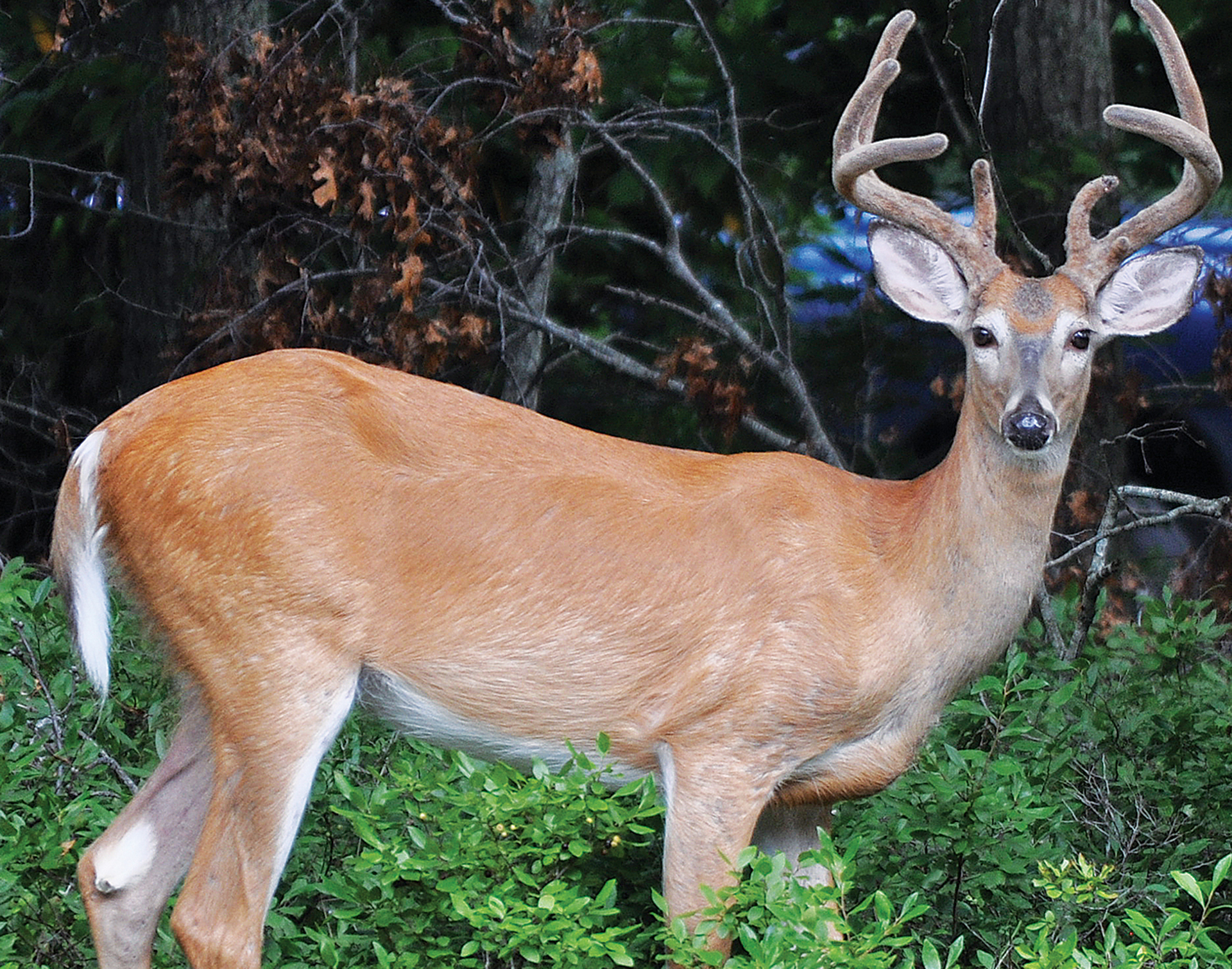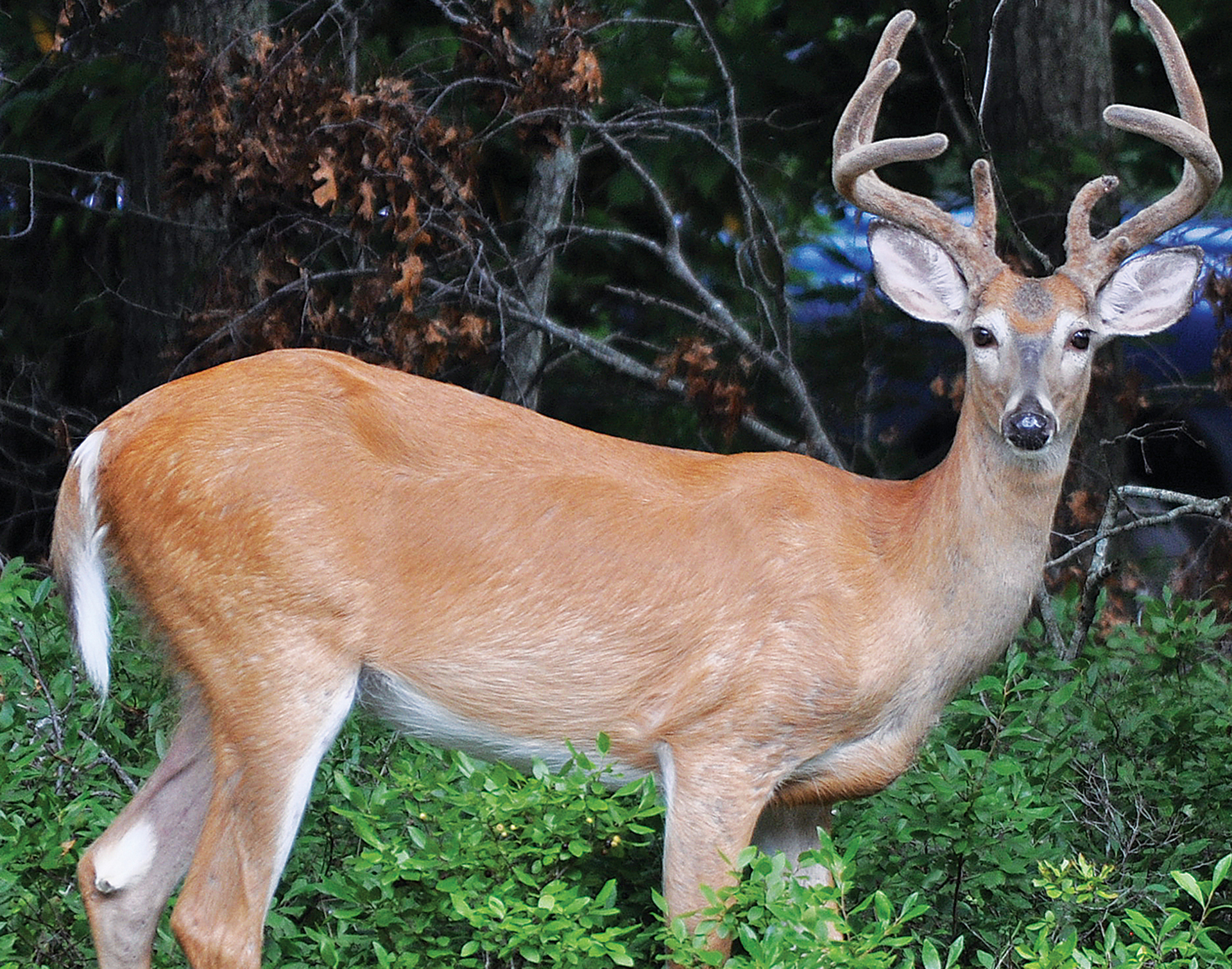Zombie Deer Disease Raises Concerns


They aren’t mad. They’re dead, victims of a newly identified disease that leaves their brains riddled with holes.
And though chronic wasting disease, as the illness contracted by deer is known, hasn’t become widespread yet, it has the federal Centers for Disease Control concerned.
On the East End, a perfect storm develops: ticks feed of off the deer and mice, spreading tick-borne diseases like Lyme. The only solution, some East Enders
espouse, is to drastically cull the deer herd. This, in turn, would provide fresh venison to help bolster food pantries. So far, nothing locally has suggested the plan isn’t working, and working well.
But chronic wasting disease, identified in free ranging deer, began being diagnosed nearly three decades ago with alarming frequency. “Since 2000, the area known to be affected by CWD in free-ranging animals has increased to at least 24 states, including states in the Midwest, Southwest, and limited areas on the East Coast,” according to the CDC.
The good news is no human has died from eating the so-called “zombie deer” meat, at least not yet.
As people wonder what might happen if humans eat meat from “zombie deer,” there is at least one group of people who already know. According to USA Today, on March 13, 2005, a fire company in Oneida County, NY, fed the meat of a deer that tested positive for chronic wasting disease to 200 to 250 people.
The State University of New York-Binghamton monitored the group of mostly white males over the course of six years to see whether they developed any unusual symptoms. It appears, at least so far, that they have not, aside from observed conditions including vision loss, heart disease, Type 2 diabetes, weight changes, hypertension, and arthritis, all credited to the aging process.
“It’s the only study I’m aware of that has this progressive follow-up of a known point source contamination where we know the people ate a contaminated animal,” researcher Ralph Garruto, professor of biomedical and biological sciences at SUNY Binghamton, told USA Today.
Garruto said his team checks in with the group every two years and plans another follow-up in the spring. Though he said the chance of symptoms appearing dwindles with time, there’s a small possibility that someone might show signs of the disease. “It only takes one case,” he said.
CWD has been reported in reindeer and moose in Norway and Finland, and a small number of imported cases have been reported in South Korea. The disease has also been found in farmed deer and elk.
The west, especially Idaho, has the highest concentration of infected areas. Northern Illinois is another hotbed. But a recent outbreak in Oneida County that extends south to northern Pennsylvania is growing.
Symptoms in infected animals include lack of coordination, separation from other animals in a herd, excessive salivation, depression, unusual behavior, paralysis, weight loss, difficulty swallowing, increased thirst and urination, and pneumonia. In its final stages the animal dies from holes that form and run through the brain, thus the “zombie” reference.
“Right now, most scientists believe there is a pretty strong ‘species barrier,’ which means that it’s unlikely the disease will jump to a new species,” Krysten Schuler, wildlife disease ecologist and co-director at the Cornell Wildlife Health Lab, told USA Today. But some experts have predicted CWD could one day infect humans. Michael Osterholm, director of the Center for Infectious Disease Research and Policy at the University of Minnesota, said it’s “probable” that humans will come down with the disease after eating meat “in the years ahead.”
rmurphy@indyeastend.com



